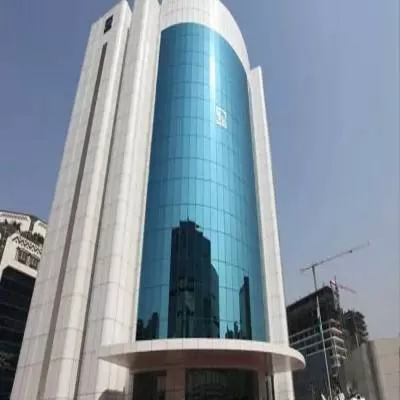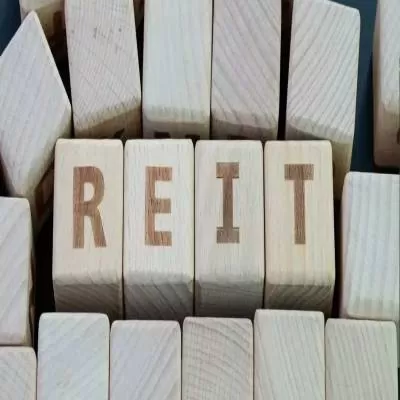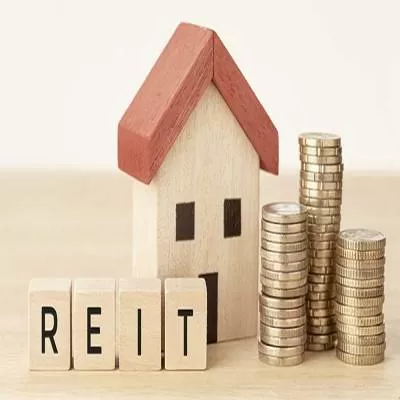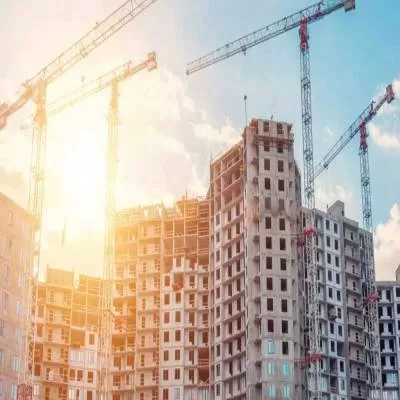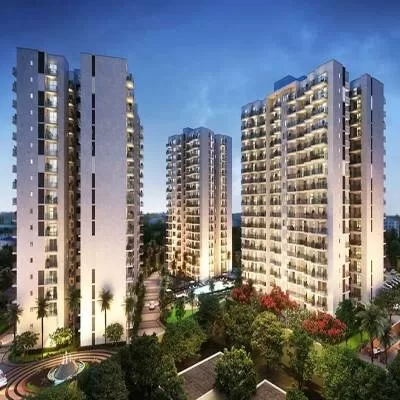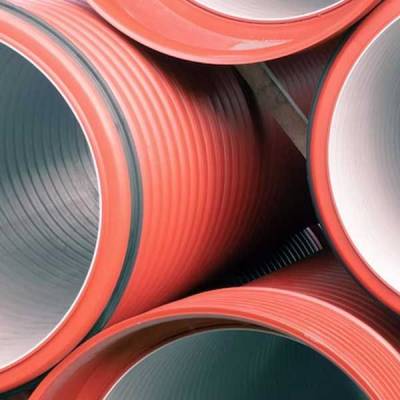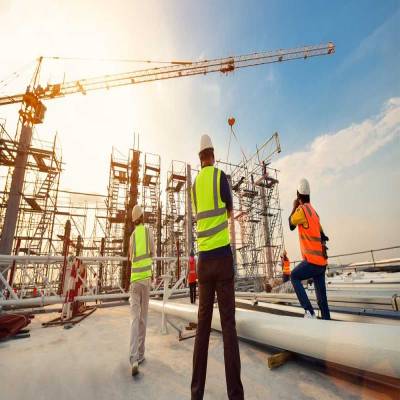- Home
- Real Estate
- Tips for India to build safe buildings
Tips for India to build safe buildings
Dr Paresh Shah, Professor & Dean, Faculty of Technology, CEPT University: “Authorities responsible for approving the building plan and giving building use permission should have a mechanism to monitor and control the quality of construction. A certified workforce (chartered civil engineers) should be trained specific for this job. Just like charted accountants, all buildings should be certified by such engineers for quality, and a report should be submitted to the authority.”
Dr Niranjan Hiranandani, Founder & Managing Director, Hiranandani Group and President, NAREDCO: “Proper cover to rebars and durable concrete are key parameters of a safe structure. Also, the developer needs to educate the customer that will occupy the structure on good practices for maintenance and to avoid playing with any uncertain interior work, renovation and alterations. Avoiding any overloading of the structure is another aspect that should be considered.”
Dr Pramod Kumar Gupta, Professor, Structural Engineering, Department of Civil Engineering, IIT-Roorkee: “If the site-in-charge (who should be a well-qualified and experienced engineer) follows all the recommendations mentioned in different codes published by BIS during construction, the construction will certainly be defect-free.”
Shabbir Kanchwala, Senior Vice President, K Raheja Corp: “One has to give importance to critical activities such as regular maintenance of buildings; quality audits periodically related to MEP equipment; periodic safety audits; deploying qualified facility management professionals; and installing BMS systems.”
Deepak Suvarna, Chief Projects Officer-Head Projects, Mahindra Lifespaces Developers: “There must be a mechanism to apply checks and balances during design and construction. The current system relies mainly on government approvals and does not mandate stage-wise checking. Organisations should follow a maker-checker system to avoid site defects. Independent quality departments can undertake detailed, impartial supervision at project sites. One important parameter for building safety is the contractual inclusion of checking by the structural consultant at all stages of development. This increases accountability during the design and structural inspection stages.”
Rohit Poddar, Managing Director, Poddar Housing and Development, and Joint Secretary, NARDECO Maharashtra: “Superior structural strength can be attained by using a good-quality shuttering method followed by good-quality RMC with curing compound and the correct procedure to cure concrete. This whole procedure should be followed for each pour and slab. It is important to have a lab to check the quality of the RMC. An external architect should check the quality of each slab on a regular basis along with an external Q&M firm that reports directly to the board.”
Samyak Jain, Director, Siddha Group: “Assigning quality and well-qualified professionals, quality audits related to MEP equipment, safety audits and checking fire-performance requirements will help ensure a safe structure. Also, regular maintenance of the building and installation of BMS to control and monitor its mechanical and electrical equipment, such as ventilation, lighting and power, fire and security systems, will help avoid any future issues with the building.”
SHRIYAL SETHUMADHAVAN
- Regulations
- construction
- buildings
- structures unsafe
- Dr Paresh Shah
- CEPT University
- certified workforce
- chartered civil engineers
- Dr Niranjan Hiranandani
- NAREDCO
- Hiranandani Group
- durable concrete
- safe structure
- interior work
- renovation
- Dr Pramod Kumar Gupta
- IIT-Roorkee
- BIS
- Shabbir Kanchwala
- K Raheja Corp
- MEP
- safety audits
- BMS systems
- Deepak Suvarna
- Mahindra Lifespaces Developers
- design
- construction
- Rohit Poddar
- Poddar Housing and Development
- NARDECO Maharashtra
- RMC
- Samyak Jain
- Siddha Group
- MEP equipment
- safety audits
- fire-performance
- building
- ventilation
- lighting
- power
- fire systems
- security systems
The lack of regulations for construction and monitoring of buildings makes a huge proportion of structures unsafe. CW records a few suggestions from the industry on changes required to ensure that buildings stand strong, and tall: Dr Paresh Shah, Professor & Dean, Faculty of Technology, CEPT University: “Authorities responsible for approving the building plan and giving building use permission should have a mechanism to monitor and control the quality of construction. A certified workforce (chartered civil engineers) should be trained specific for this job. Just like charted accountants, all buildings should be certified by such engineers for quality, and a report should be submitted to the authority.” Dr Niranjan Hiranandani, Founder & Managing Director, Hiranandani Group and President, NAREDCO: “Proper cover to rebars and durable concrete are key parameters of a safe structure. Also, the developer needs to educate the customer that will occupy the structure on good practices for maintenance and to avoid playing with any uncertain interior work, renovation and alterations. Avoiding any overloading of the structure is another aspect that should be considered.” Dr Pramod Kumar Gupta, Professor, Structural Engineering, Department of Civil Engineering, IIT-Roorkee: “If the site-in-charge (who should be a well-qualified and experienced engineer) follows all the recommendations mentioned in different codes published by BIS during construction, the construction will certainly be defect-free.” Shabbir Kanchwala, Senior Vice President, K Raheja Corp: “One has to give importance to critical activities such as regular maintenance of buildings; quality audits periodically related to MEP equipment; periodic safety audits; deploying qualified facility management professionals; and installing BMS systems.” Deepak Suvarna, Chief Projects Officer-Head Projects, Mahindra Lifespaces Developers: “There must be a mechanism to apply checks and balances during design and construction. The current system relies mainly on government approvals and does not mandate stage-wise checking. Organisations should follow a maker-checker system to avoid site defects. Independent quality departments can undertake detailed, impartial supervision at project sites. One important parameter for building safety is the contractual inclusion of checking by the structural consultant at all stages of development. This increases accountability during the design and structural inspection stages.” Rohit Poddar, Managing Director, Poddar Housing and Development, and Joint Secretary, NARDECO Maharashtra: “Superior structural strength can be attained by using a good-quality shuttering method followed by good-quality RMC with curing compound and the correct procedure to cure concrete. This whole procedure should be followed for each pour and slab. It is important to have a lab to check the quality of the RMC. An external architect should check the quality of each slab on a regular basis along with an external Q&M firm that reports directly to the board.” Samyak Jain, Director, Siddha Group: “Assigning quality and well-qualified professionals, quality audits related to MEP equipment, safety audits and checking fire-performance requirements will help ensure a safe structure. Also, regular maintenance of the building and installation of BMS to control and monitor its mechanical and electrical equipment, such as ventilation, lighting and power, fire and security systems, will help avoid any future issues with the building.” SHRIYAL SETHUMADHAVAN


